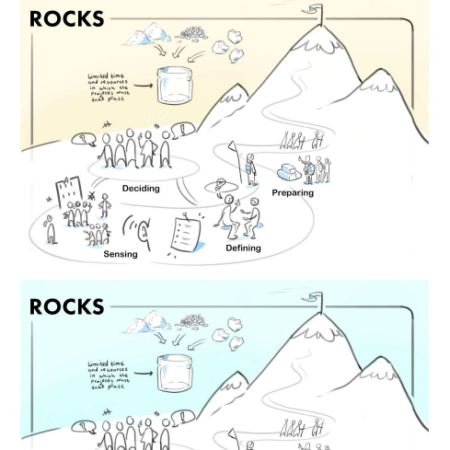Unlocking Strategies for Improved Employee Well-being and Creativity
Jan 2023 - ongoing
Employee Experience
The average working adult in the Netherlands spends about 42,5 years of their lifetime at work. To make this experience as pleasant as possible, employees spend time finding an organization that can provide a good fit and support their needs. Many organization play into that by providing an Employee Experience (EX) that appeals to potential employees and helps retain them once they join the firm. However, creating a good Employee Experience can be quite challenging due to the necessity to take into account numerous factors such as reward structures, team composition, skill development, and more.
Creating successful EX can provide organizations with happy workers that are more engaged, more creative, do superior work, and that are more likely to continue working at the firm (Ragan & Carder, 2019). With creativity being an important driver of an organization’s innovation capacity, building a strong EX strategy may provide interesting new opportunities for influencing the organization’s performance.
In this thesis, the relationship between two aspects of Employee Experience – well-being and creativity is explored. Starting by examining well -being and creativity theory I developed a conceptual model. This laid the groundwork for the investigation of the context of the client company Thinkwise and paved the way for identifying various design opportunities for positive change. The design opportunities laid the foundations for a design intervention shaped to embody, enable, and implement an EX -strategy that can
boost the innovation capacity of Thinkwise.
The design opportunities that could boost creativity and wellbeing at Thinkwise constitute various new behaviours that need to be enabled for individual contributors, middle management, and top management.
- Individual contributors need to be supported in maintaining high levels of motivation;
- Middle managers can support this by improving the ways in which ideas are conceived, managed and implemented, and;
- Top management needs to actively manage the creative climate in the organization to support the creative and innovative efforts throughout all layers of Thinkwise.
The proposed intervention supports these objectives by providing tools and strategies for supporting idea creation, idea sharing, building an understanding of creative processes and clarifying the roles and activities that contribute to an innovative workplace. It consists of a poster describing the stages of the creative process, a tool for evaluating ideas, a document that captures the tools and specific context and theory insights that can be used to help define EX strategies
Check out more here!

